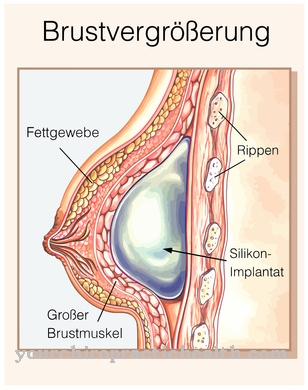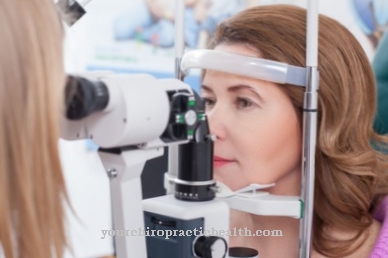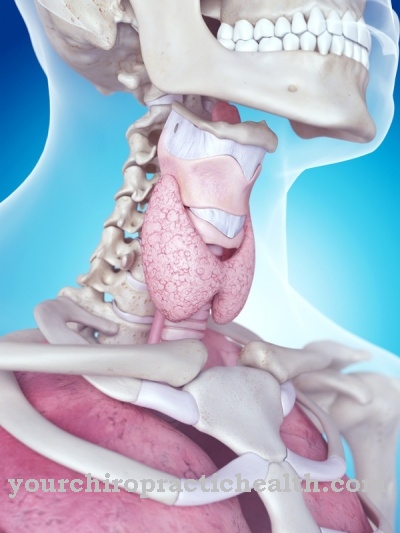More or less violent effects on the musculoskeletal system, which include muscles, tendons, fasciae and joints, represent sprains, contusions and strains. A sprain can only occur on joints. The ankle and wrist are preferred here. Bruises, on the other hand, affect the soft tissues, the muscles and the tendinous plates, the fasciae, which often lie above them. You only suffer strains in the muscles and their ends, which are known as tendons. Each of the mentioned injuries differs from the others by specific characteristics. The behavior and the treatment are therefore also different.
Causes of Bruises

What can you do yourself if you suffer an injury of this type? Injuries caused by a blunt blow, blow or fall, whereby the skin is usually intact but the soft tissue between the skin and bones is squeezed, are called contusions.
They can extend over an extensive area. We know of smaller, more superficial bruises, but also heavier and deeper ones. The latter can involve injuries to a large number of smaller, but also larger blood vessels, which can lead to significant swelling of the affected area.
In these cases you always have to deal with so-called hematomas, i.e. bruises. They can extend far beyond the border of the bruised area and are usually soon characterized by a red-blue color that later changes to yellowish-green. It can often be observed on the legs that the bruise sinks downwards than towards the feet.
Serious bruises belong in the hand of a doctor or in the hospital after applying a compressing and cooling bandage. Most bruises, however, are injuries of a less severe nature. After a trauma of the type described, the first thing that usually occurs is considerable pain, possibly numbness, numbness or paralysis. Afterwards, the onset of bruising can trigger a feeling of tension, heat and mobility problems, which can later increase.
Smaller bruises sometimes just show up as bruises and tenderness. Wherever it is indicated, bruises should not be taken too lightly because of their late ignition. It is important to prevent extensive bruises from developing in the affected areas.
treatment
As a first measure, pressure bandaging and sufficient cooling are always possible. However, it should not exceed 3 - 4 hours. In most cases, active movements can be started after 24-48 hours. Exercise therapy is practical and not very painful if it is carried out in a warm bath tub or in the swimming pool. From the 3rd day onwards, stretching exercises and light exercise exercises, for example climbing stairs, cycling or gymnastics for the legs, are desirable. The latter can also be done in water.
One should be very careful with massages in the acute state. Before the 8th - 10th day, particularly vigorous massages are problematic. With bruises, experience has shown that massive and extensive bruises tend to build up calcium deposits and ossify in the damaged area. It is a state of affairs Myositis ossificans and often can no longer be remedied without surgery.On the other hand, moist heat applications, as described under the hot bath as a natural remedy, have proven to be effective. Greater caution is required when applying dry heat, which includes heating pads, light bars, heat lamps and electrotherapy.













.jpg)

.jpg)
.jpg)











.jpg)